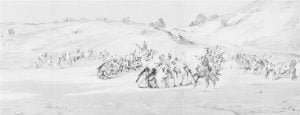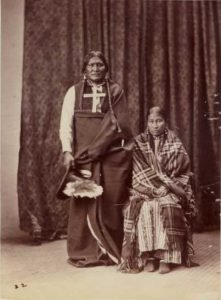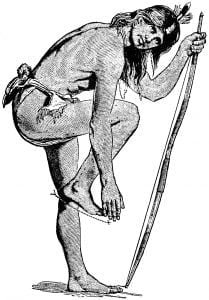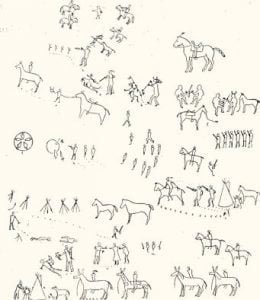Treaty of October 28, 1867
Articles of a treaty and agreement made and entered into at the Council Camp on Medicine Lodge Creek, seventy miles south of Fort Larned, in the State of Kansas, on the twenty-eighth day of October, eighteen hundred and sixty-seven, by and between the United States of America, represented by its commissioners duly appointed thereto, to wit: Nathaniel G. Taylor, William S. Harney, C. C. Augur, Alfred H. Terry, John B. Sanborn, Samuel F. Tappan and John B. Henderson, of the one part, and the Cheyenne and Arapahoe tribes of Indians, represented by their chiefs and head-men duly authorized and empowered … Read more






